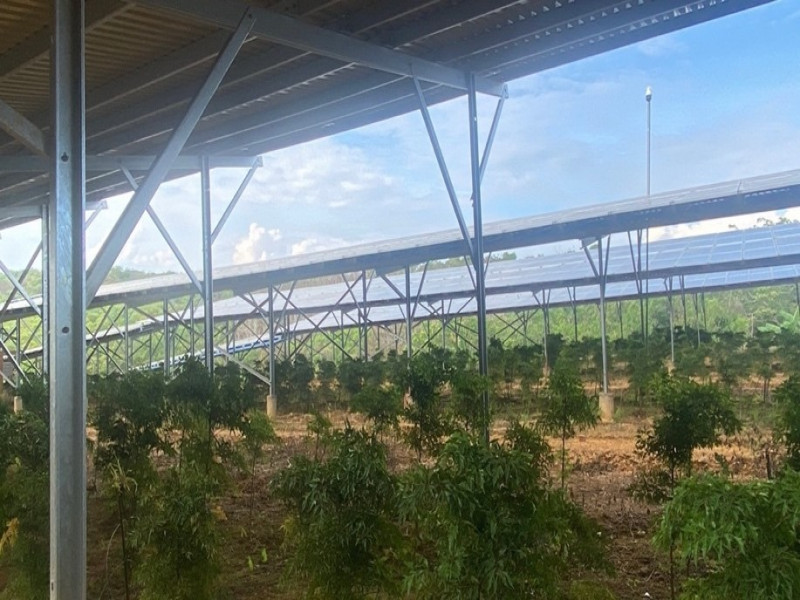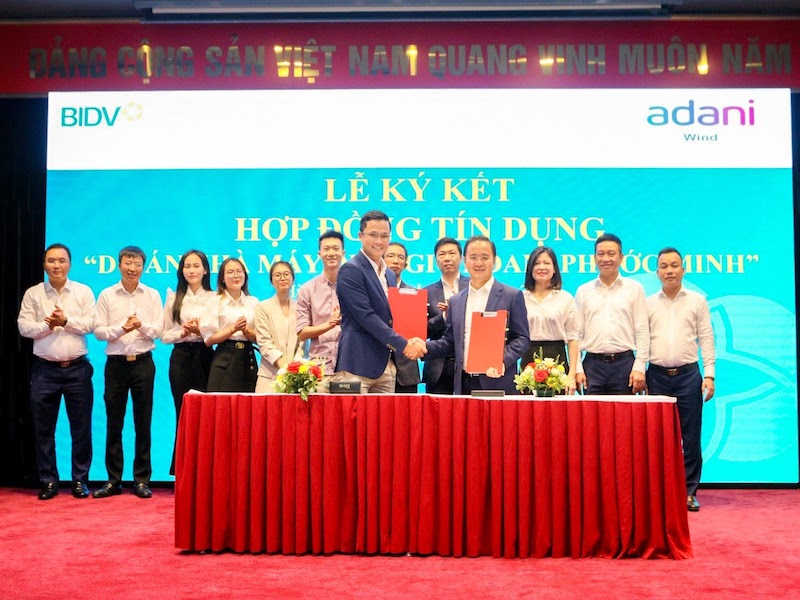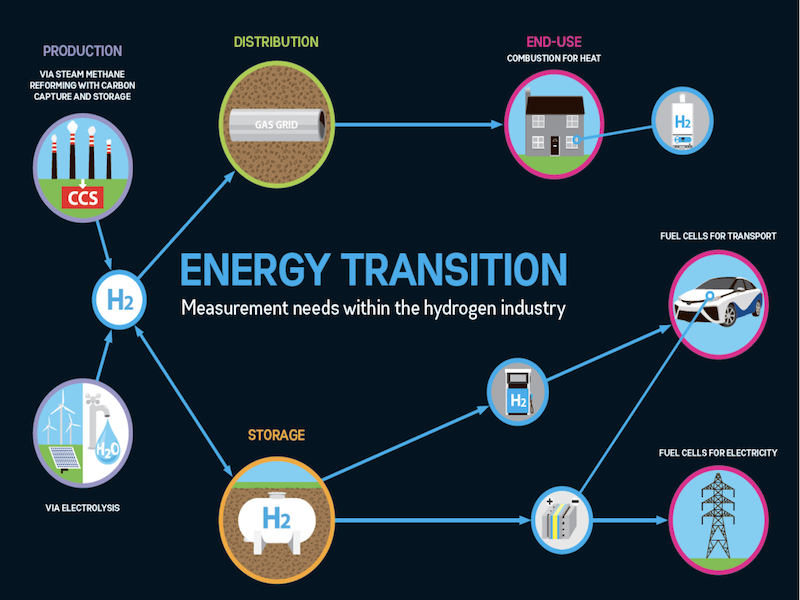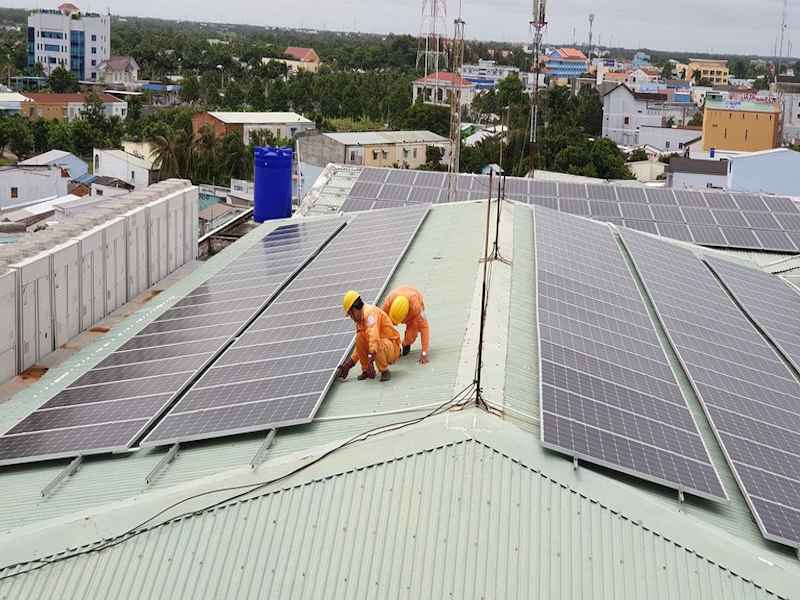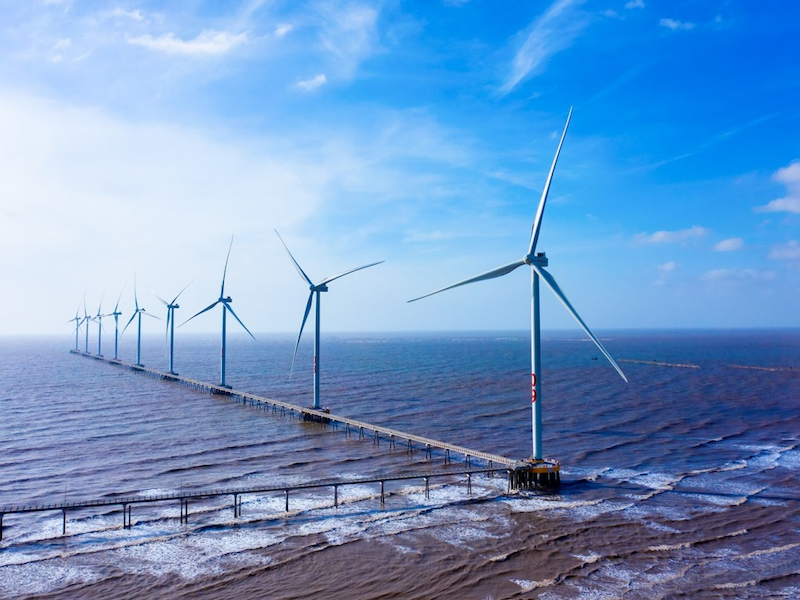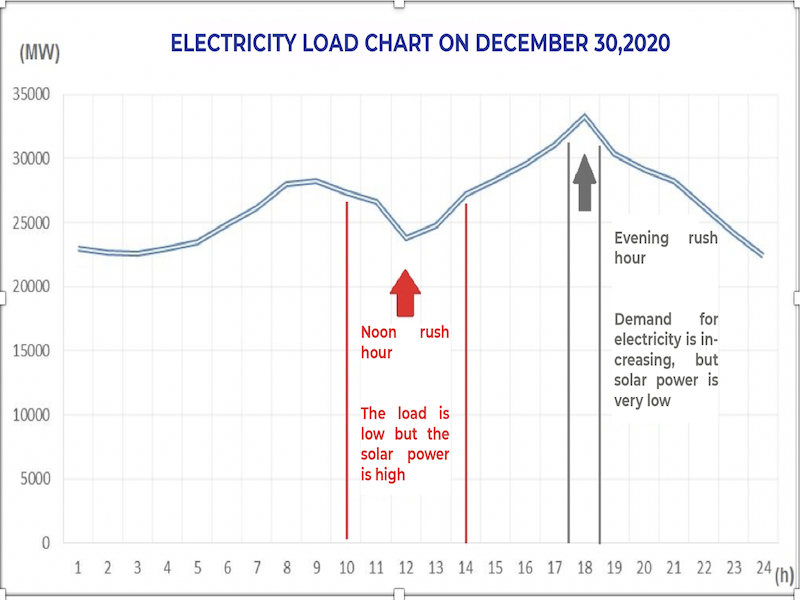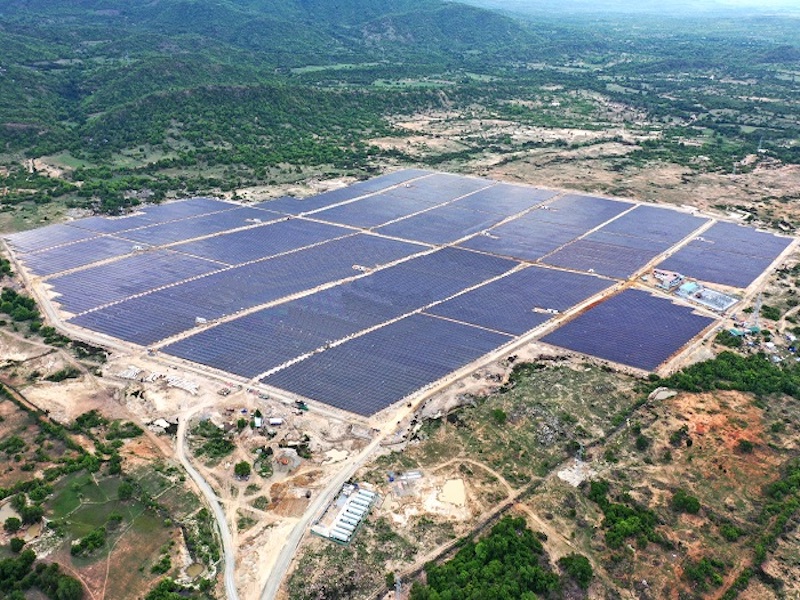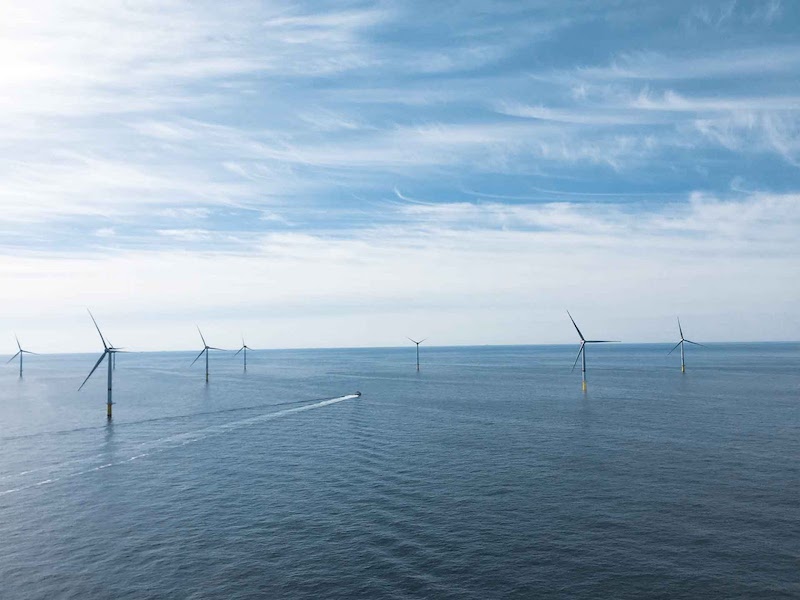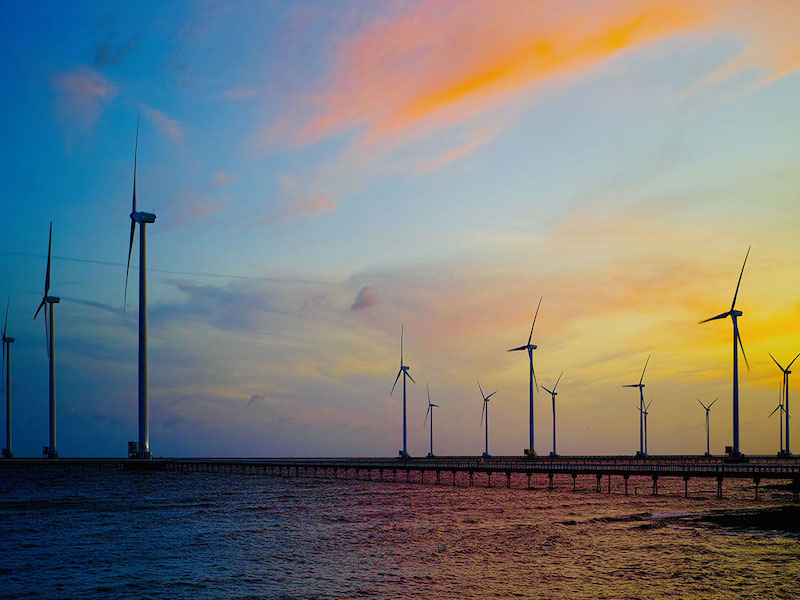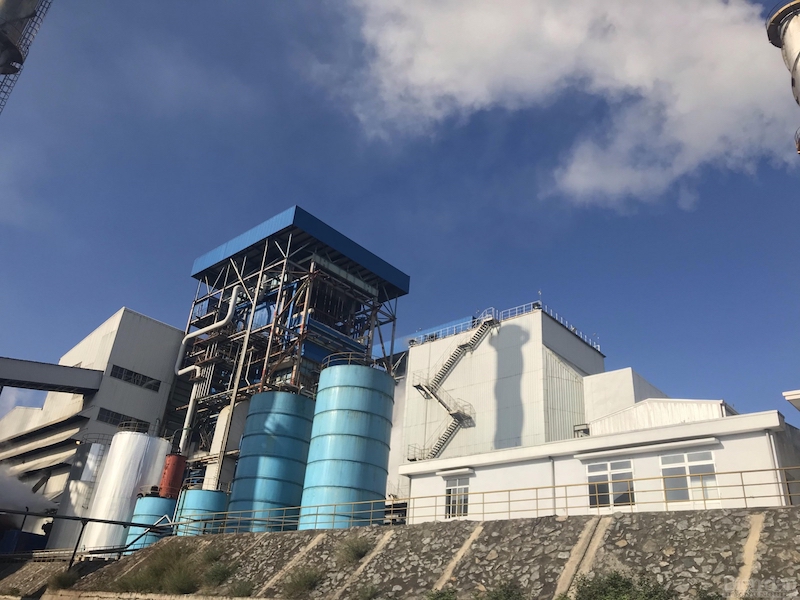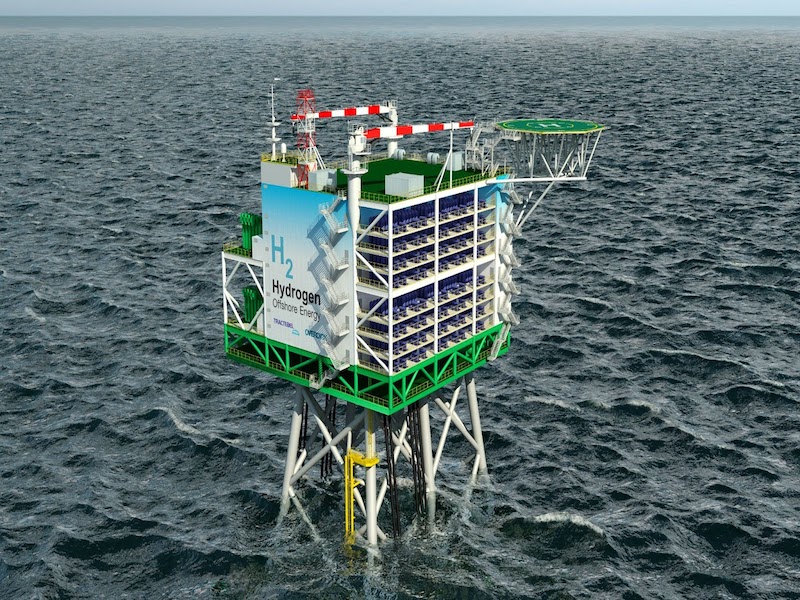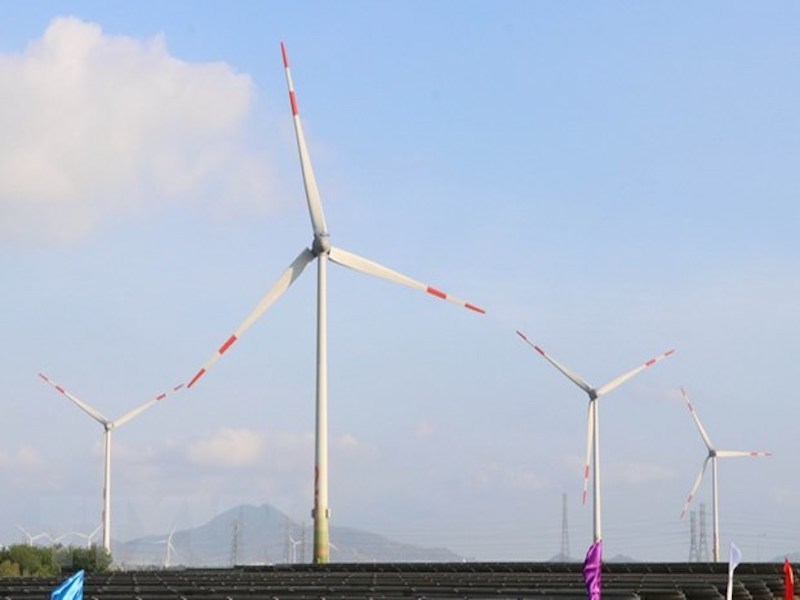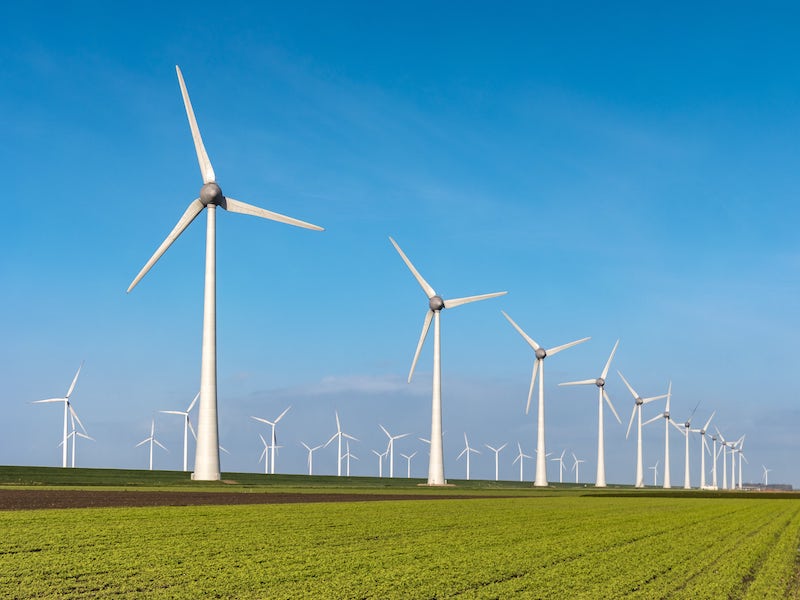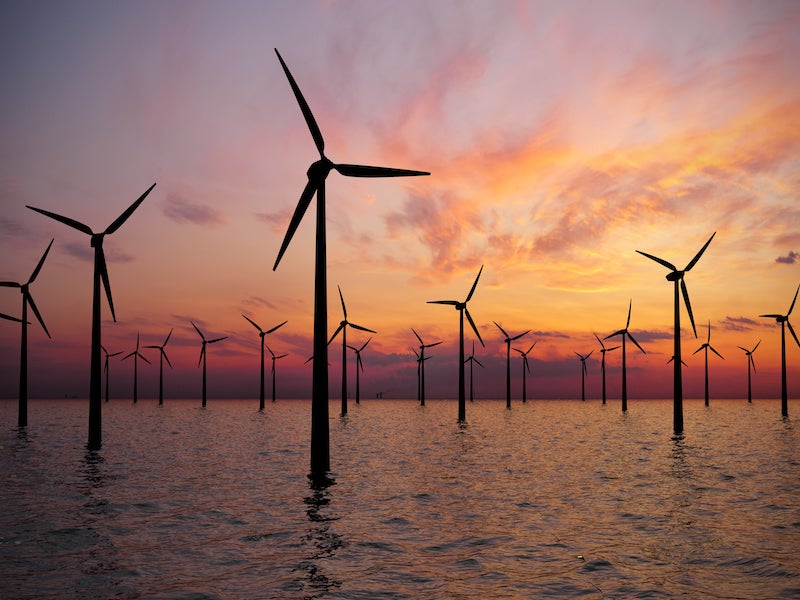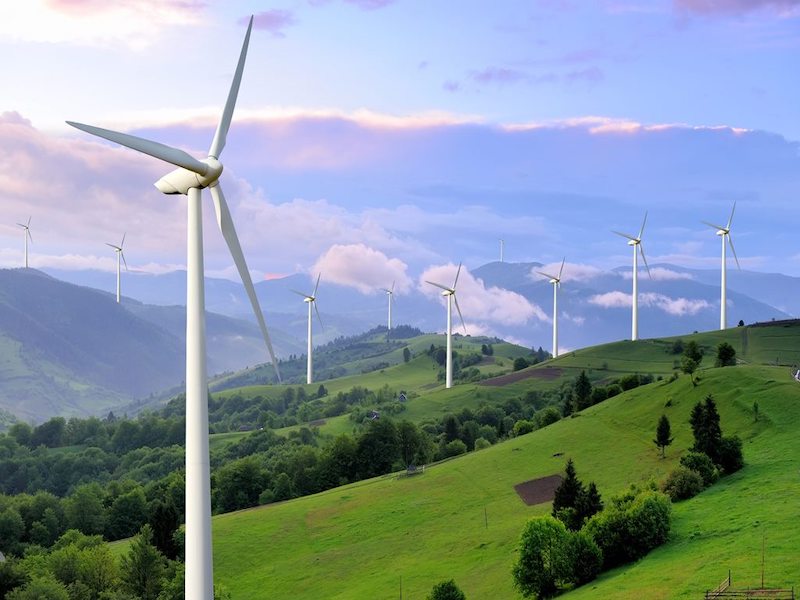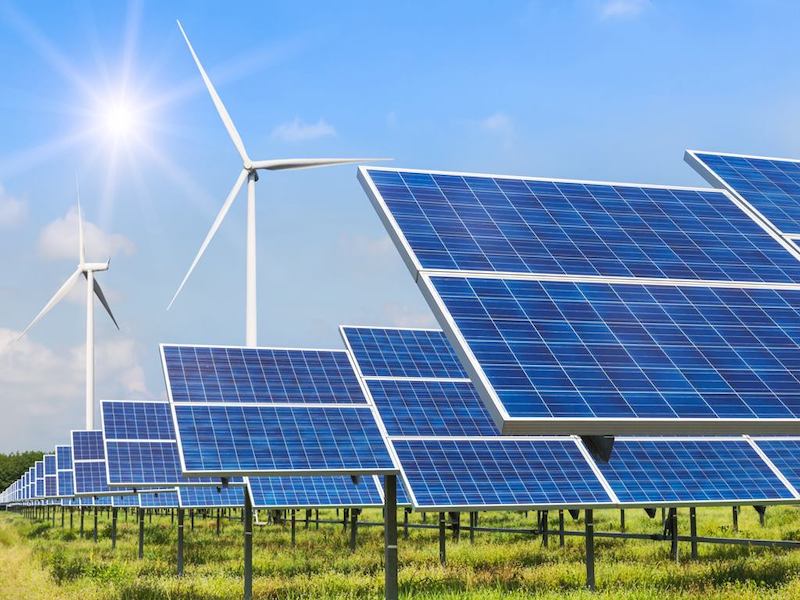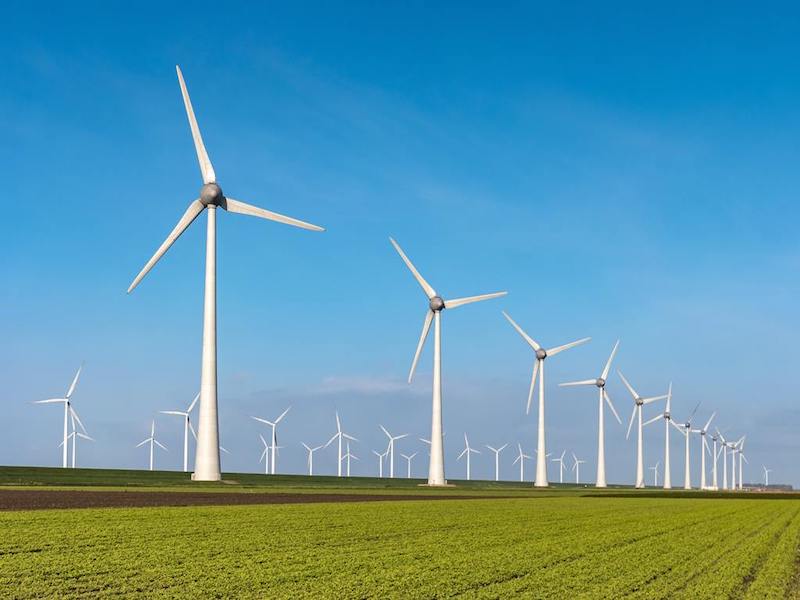With the target for offshore wind power to contribute 17% to the total electricity capacity of the country by 2045 (surpassing hydro, gas and LNG, onshore and nearshore wind power), the adoption of the Draft Power Master Plan 8 is a step to pave the way for the power industry to "go to the sea", exploiting the huge untapped potential.
Great expectations for new power source
One of the development perspectives of Power Planning 8 is to increase the proportion of electricity sources from renewable energy. In which, offshore wind power with its important role will be prioritized for development in the coming period. This is one of the key strategies for the domestic power industry to fulfill the Prime Minister's commitment at COP 26 to be carbon neutral by 2050.
At the present, there is only La Gan offshore wind power project, with a capacity of 3500 MW, being deployed in Binh Thuan. The investors have just completed the step of signing a contract with relevant units to conduct geological research in the project implementation area, which shows Vietnam's total capacity of offshore wind power in 2022. Therefore, the planners of Power Planning 8 have a lot of expectations for this energy source.
Perspective of La Gan offshore wind power project (Binh Thuan)
Specifically, Power Planning 8 sets a target that by 2030, offshore wind power will contribute 7,000 MW to the country's electricity source, accounting for up to 5.8% of the country's total electricity capacity. This figure is 1.9 times lower than onshore and nearshore wind power, 2.4 times lower than solar power.
However, by 2045, the maximum capacity set by the Plan for offshore wind power is 64,500 MW, equivalent to 17% of the total electricity capacity of the country. Although the above planned level is still smaller than the target of solar power, it has surpassed wind power onshore and near shore.
Considering the maximum growth rate that the Master Plan sets out for renewable energy sources, even solar power in the period 2030 - 2045 will still develop much more slowly than offshore wind power.
Table 1: Expected maximum power capacity of renewable energy sources in Vietnam according to Power Planning 8 (unit: MW)
|
|
|
|
|
|
|
|
|
|
|
|
|
|
|
Table 2: Expected maximum capacity growth rate of renewable energy sources in Vietnam in Power Planning 8 (unit: %)
|
|
|
|
|
|
|
|
|
|
|
|
|
|
|
In addition to the above figures, the role of offshore wind power has also been highlighted. Accordingly, the Planning encourages the development of these projects to support local loads and serve the production of new forms of energy such as green hydrogen and ammonia production.
The plan also initially shapes the map of capacity distribution of offshore wind power to 2045. Accordingly, Vietnam will have 3 leading regions in this energy source, namely the South Central region (Binh Dinh to Binh Thuan, 30,500). MW); The North (from Ninh Binh onwards, 13,000MW) and the South Central (from Ba Ria - Vung Tau back, 13,000MW)
Huge potential waiting to be exploited
In fact, the target of Power Planning 8 set out with offshore wind power is still modest compared to the potential source of Vietnam currently available. With an area of about 1 million square kilometers, Vietnam has many conditions to become an offshore wind power center.
Many studies have shown that the annual average wind speed at an altitude of 100m in the seas of Vietnam can reach from 9-10m/s. According to the World Bank's Energy Management Support Program, based on wind maps at an altitude of 100m and within a range of 200km of sea to shore, combined with seabed topographic survey data from GEBCO, shows that Vietnam has a technical wind potential of 599 GW (261 GW of offshore wind power with a fixed foundation system and 338 GW of offshore wind power with a floating foundation).
Vietnam's first large-scale offshore wind power project in La Gan, if put into operation, will provide electricity for about 7 million households (Artwork)
Besides, with a coastline of over 3200km, spanning 28 provinces and cities, many localities of our country can develop offshore wind power. As of December 2021, the total offshore wind power capacity registered by localities with the Ministry of Industry and Trade is up to 129,000 MW. That shows great potential and attraction from this field and confirms that the trend of offshore wind power development is an important development direction of Vietnam from now to the middle of the 21st century.
To realize all the goals set out in the Power Plan 8 in general, Vietnam needs about 107.1-146.5 billion USD of capital in the period of 2021-2030; to the period 2031-2045 is 225.5-345.9 billion USD. High capital demand is set, requiring the Government to build a mechanism to attract foreign businesses. That will be an opportunity for offshore wind power projects to access large capital sources; quality raw materials; leading modern construction and operation techniques in the world.
A model of an offshore wind turbine from Siemens Gamesa capable of increasing electrical capacity up to 11 MW under specific conditions.
Because offshore wind power is new, Vietnam is also starting to study and learn from international experiences to build an underground power transmission system, an energy storage system to create a synchronous development. . In terms of price, offshore wind power projects will continue to benefit from the supporting electricity tariff (FIT) for 20 years to increase the competitiveness of this energy source with other energy sources. In which, the selling price of offshore wind power projects is 9.8 USCents/kWh, the highest among renewable energy sources.
It can be affirmed that the Draft Power Plan 8 has correctly and promptly recognized the trend of offshore wind power exploitation. In addition, what the Draft Master Plan can do is to orient a set of solutions to really pave the way for the development of this potential energy source. Currently, the Draft Power Planning VIII has been approved by the Appraisal Council and submitted to the Prime Minister. It is expected that in June 2022, this master plan can be approved./.



